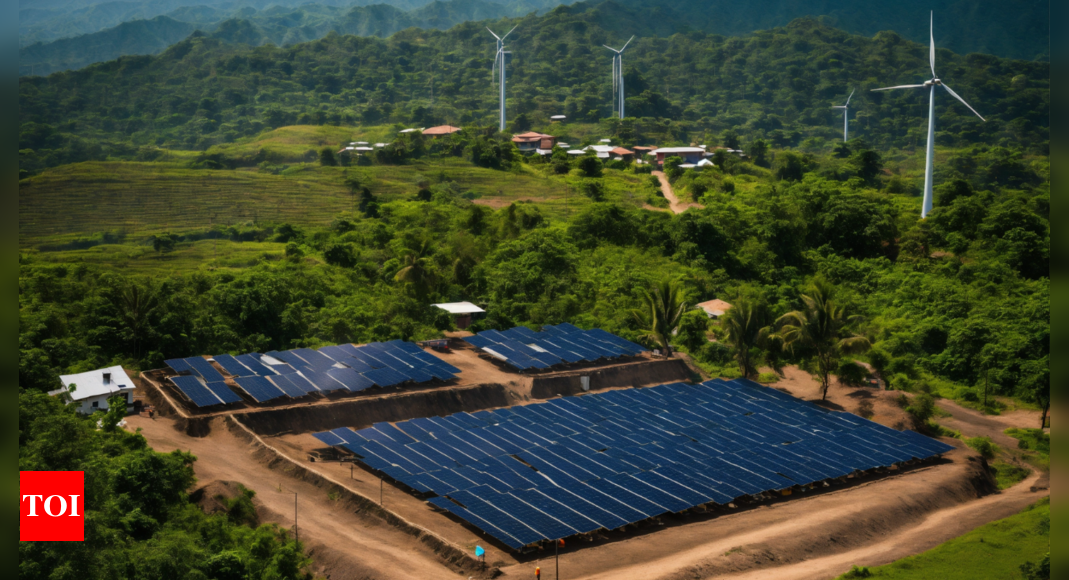In the fiscal year 2023-2024, renewable energy sources accounted for a significant portion of India’s newly added power generation capacity, as per the latest CEEW Centre for Energy Finance (CEEW-CEF) Market Handbook. The country’s total installed energy capacity reached an impressive 442 GW, with renewable energy and hydro power making up 33% and 11%, respectively.
Consequently, the share of coal and lignite in India’s total installed capacity fell below 50% for the first time.
The CEEW-CEF market handbook highlighted the dominance of solar energy in India’s renewable energy capacity addition, with grid-scale and rooftop solar accounting for a substantial 81% of the total renewable energy addition in FY24. Wind capacity addition also saw a notable increase, nearly doubling compared to the previous fiscal year. Additionally, for the first time since FY17, nuclear capacity was added to India’s energy mix.
In line with India’s ambitious renewable energy goals, the report found that renewable energy auctions reached a record high in FY24, with approximately 41 GW of capacity being auctioned. Moreover, eight auctions with energy storage components were concluded, signaling a growing shift towards innovative power procurement formats.
Gagan Sidhu, Director of CEEW-CEF, emphasized the progress made in meeting India’s targeted renewable energy bidding trajectory, with bids issued being three times the annual renewable energy capacity added in recent years. He also noted the increasing share of innovative formats in renewable energy procurement and the sharp fall in battery energy storage systems (BESS) tariffs. However, Sidhu highlighted the challenge of scaling up financing to match the increased renewable energy bids and suggested unlocking the domestic bond market for corporate green bond issuances as a potential catalyst.
The CEEW-CEF report also observed a continued rise in peak power demand, reaching a new high of 240 GW in FY24. This increase was attributed to factors such as a growing economy, lower-than-expected rainfall, above-normal temperatures, and severe cold days in North India. Electricity demand (met) also saw an uptick of approximately 8% compared to the previous fiscal year.
Riddhi Mukherjee, Research Analyst at CEEW-CEF, discussed the Ministry of Power’s amendment to the Electricity Rules of 2022, which mandates the sale of un-requisitioned surplus power on exchanges to increase supply-side liquidity and promote competitive pricing. Mukherjee also mentioned policy moves aimed at boosting rooftop solar installation in the residential segment, such as the PM Surya Ghar: Muft Bijli Yojana, which could lead to the addition of around 30 GW.
Regarding green financing, the CEEW-CEF Market Handbook reported that foreign direct investment (FDI) flows towards non-conventional energy exceeded USD 2 billion for the second consecutive year. Furthermore, the Reserve Bank of India concluded four sovereign green bonds auctions totaling INR 20,000 crore, an increase from INR 16,000 crore in the previous fiscal year.











